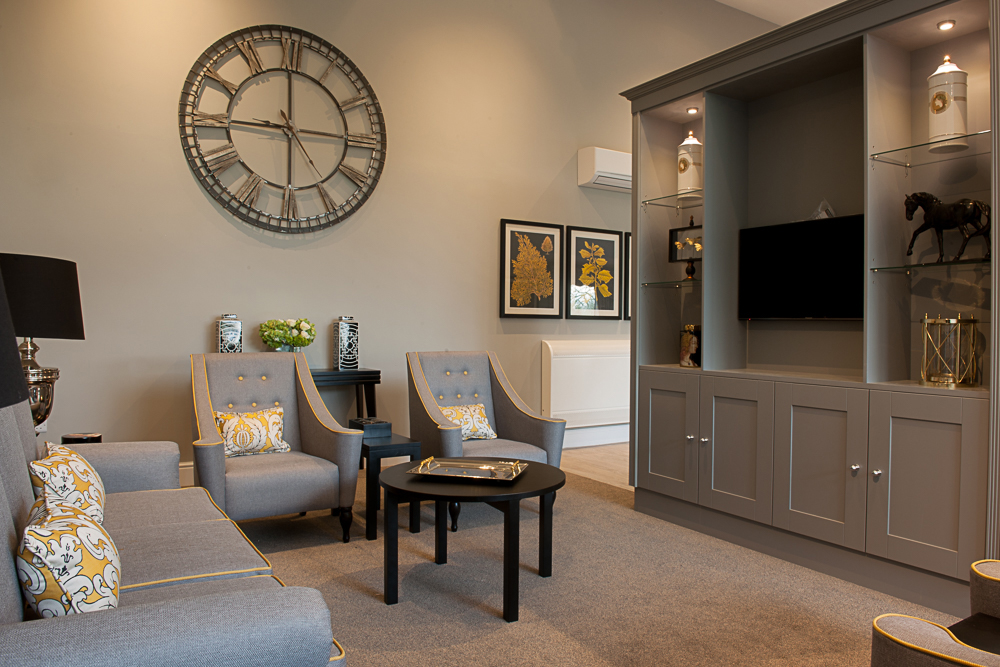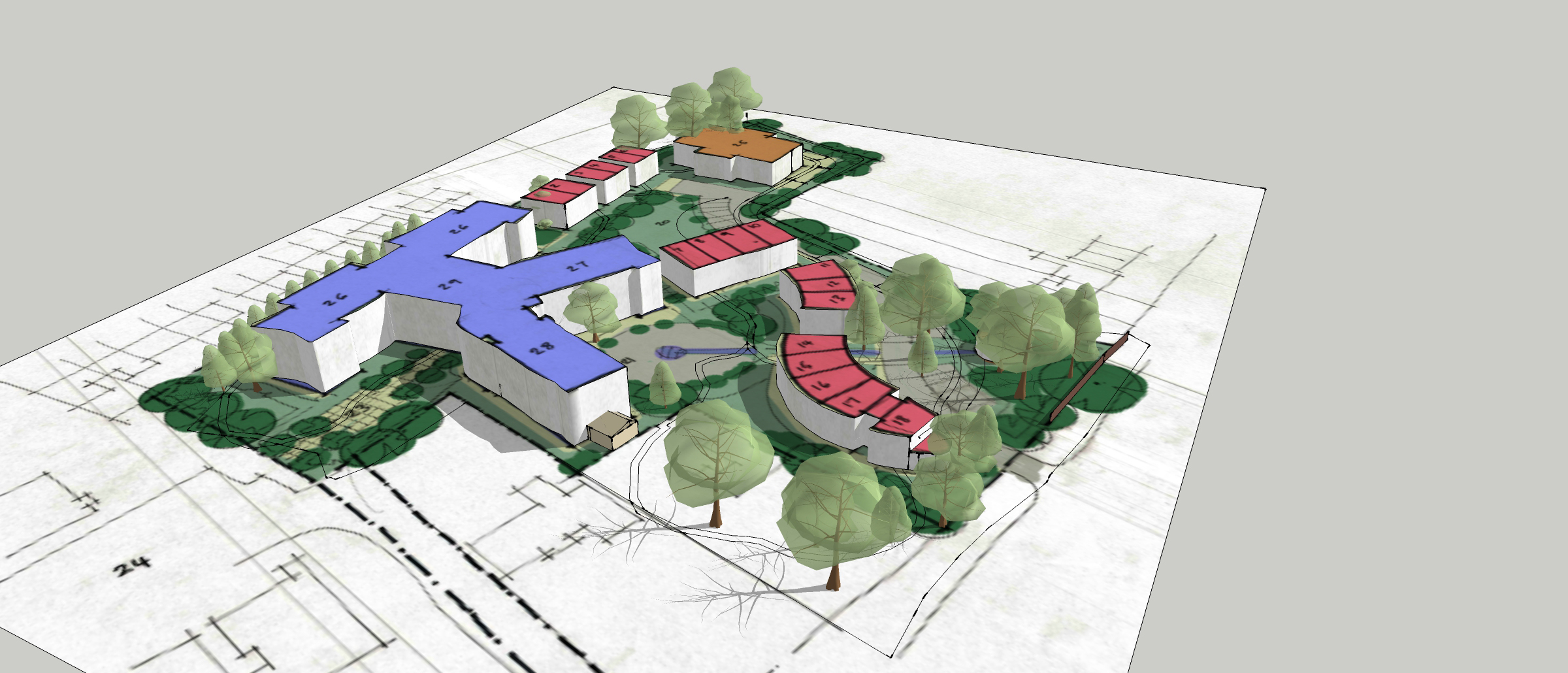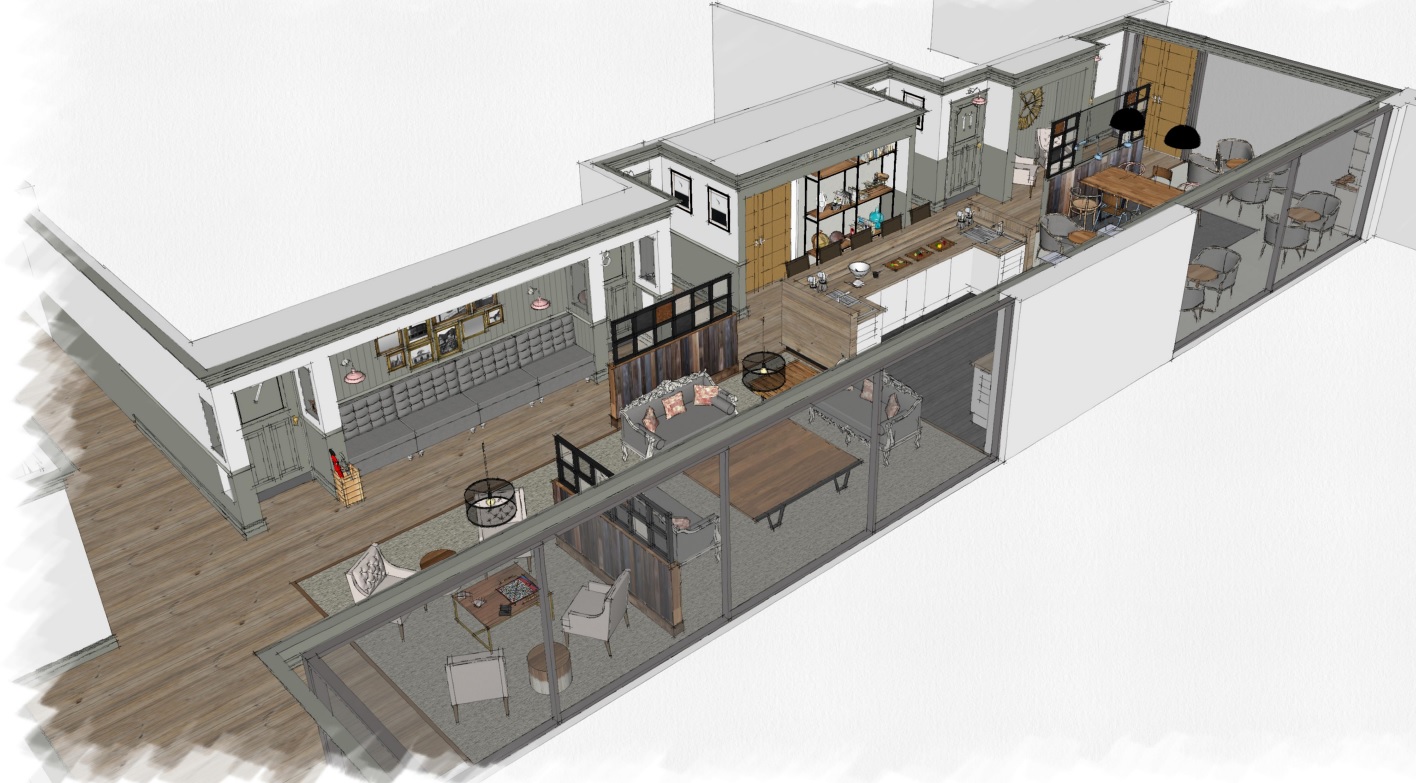
James Botterill, director at HSSP Architects, is a specialist in designing homes for people living with dementia. Here, he looks at how care facilities can be designed with dementia-friendly principles in mind
Making the decision to entrust the care of a family member to a care home is difficult and often emotional.
Particularly in the case of dementia sufferers, families often find themselves choosing a home for loved ones without being able to establish much about their wishes and preferences – while also trying to juggle a multitude of considerations.
It’s natural to look for assurances that 24-hour support is available, that staff have specialist training, and that residents are safe, secure and comfortable.
Equally critical, but less frequently discussed, though, is the way the building itself is designed and equipped.
Independent living
Indeed, design can improve the health and wellbeing of people living with dementia by reducing symptoms of confusion, isolation, and anxiety and help them live more independently.
With dementia cases sadly on the rise, it’s critical we all work harder to better support our ageing population; tackling outdated care home design which can be detrimental to residents, and providing more-innovative, user-centric, design solutions.
At HSSP, we’re leading projects to reimagine the care home setting, helping service users lead full, happy, and comfortable lives.
Designing a home from home
The need for better design in care home provision demands a fresh look at the concept and purpose of the whole living environment.
Critically, we need to address the hangover of ‘hospital like’ design, which can be confusing, stressful, and unhelpful for people with dementia.
Design can improve the health and wellbeing of people living with dementia by reducing symptoms of confusion, isolation, and anxiety and help them live more independently.
Instead, the most forward-looking architects, designers, and builders are striving to find ways to incorporate the heart of the home within a safe and functional building – realising that a ‘home from home’ approach can help provide residents with more comfort and stability.
Changing the layout within care homes can make an enormous difference.

Best practice design, in line with the 12 principles set out by the Department of Health, highlights the need to avoid busy and crowded areas, unidentifiable spaces, noise and clutter which add to feelings of confusion and anxiety.
There is also an emphasis on easing the transition through ‘comfort design’ and a ‘home from home’ feel.
Harnessing the power of nature
Access to the outdoors is an important aspect of caring for people with dementia, providing fresh air, smells, birdsong, colours, and natural light to stimulate the senses.
However, accessibility is a barrier in many care homes.
Traditional care home design only gives residents on the ground floor free-flow access, and the majority of other residents have to manage with just a view and do not benefit from the enrichment of being outside.
The need for better design in care home provision demands a fresh look at the concept and purpose of the whole living environment
At our newest project, a care home in Melton Mowbray, we are once more harnessing the health benefits of biophilic design, giving residents the ability to have safe, free-flow access to the outside.
The building has been designed to create a series of south-facing terraces, each connected to the open plan living area of each ‘family unit’ made up of between 10-12 residents.
The care home will make use of natural materials, textures, and colours which promise to be immensely therapeutic, as well as plenty of opportunity to interact with nature both inside and out.
Light, bright, and comfortable
At the Alysia Care Home in Rutland we focused on bringing year-round natural light into internal residential spaces, from bedrooms to corridors.
Artificial patterns and lighting contrasts can confuse people experiencing sight loss and dementia, so we work on carefully balancing light and colours throughout.
And orientation and feelings of wellness can be aided by a view of a building, landscape or garden, so residents at the Alysia Care Home enjoy grand views of the Elizabethan manor, Burghley House, through large windows in the central communal building.
In all our designs, bright, airy, and light are our watchwords – providing residents a simple-but-open living experience which will promote energy as well as comfort.
We need to address the hangover of ‘hospital like’ design, which can be confusing, stressful, and unhelpful for people with dementia
At a new care home to be located towards Kirby Muxloe, we worked hard to deconstruct the traditional institutional layout into a cluster of six pods that form small self-contained communities within the care facility.
By breaking down the long corridors and dispersing noisy communal living, entertainment, and dining areas, we’ve, in effect, reduced the scale of the accommodation, making it quieter, more recognisable, and easier to navigate.
Recreating childhood memories
Our memories of our childhood tend to be happy ones and are more easily recalled by dementia sufferers, who struggle with short-term memory loss.
In Leicester, we designed a garden space in a care home that echoed an old-fashioned seaside resort with multi-coloured beach huts.
The beach huts were used as a device to help residents remember care-free times and make them comfortable with their surroundings.
Visual comfort also extends indoors.
Patterned walls and flooring or chaotic décor can increase confusion and stress, while soothing artwork, block colours ,and carefully-chosen visual cues as to the purpose of each room aid recognition and comprehension.
Comfortable living
From builds like our beach huts in Leicester, which invoke childhood memories’ to the latest ‘apartment style’ in Melton Mowbray which supports independent living; design is critical to supporting people with dementia and helping them to live comfortable, supported, and happy lives.
And it is not just the residents that feel the effect.
In all our designs, bright, airy, and light are our watchwords – providing residents a simple-but-open living experience which will promote energy as well as comfort


Great design also impacts the mindset of staff and the quality of care they deliver.
We believe that the most-important part of designing ‘homes that care’ is evolving the design approach to leave behind the institutional aesthetic of old and recognise the benefits of concepts like biophilia.
Indeed, biophilic design – or design which supports the innate human instinct to connect with nature and other living beings – has been found to support cognitive function, physical health, and psychological wellbeing, which is vital in looking after our ageing population.